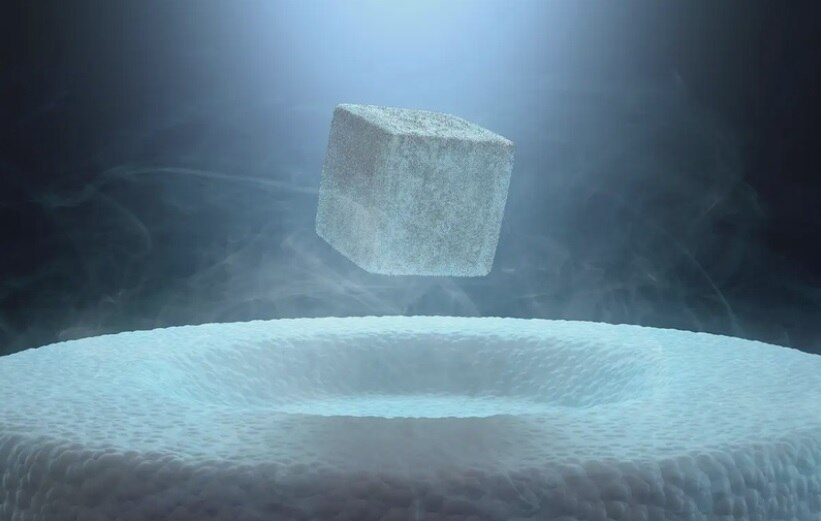Last week, two papers by South Korean scientists made an extraordinary claim that sparked a social media frenzy and pushed up prices of some stocks in China and South Korea: the discovery of a practical superconductor.
The physicists reported that they had developed a lead-based compound called LK-99, which conducts electricity with zero resistance under ambient conditions, the holy grail of superconductivity. If true, it could reshape the world by making energy transmission efficient and allowing advanced technologies to thrive at everyday temperatures. The material could make MRI machines for medical imaging and some quantum computers more reliable and usable. It could allow trains to be levitated and commercially viable fusion reactors to be built.
But a genuine room-temperature superconductor is also the most significant technical challenge physicists have ever faced, and a history of bold claims that didn’t survive scrutiny has left many skeptical.
Superconductors cancel out electrical resistance and magnetic fields in a phenomenon that relies on the unusual atomic makeup of these materials. When electricity flows through ordinary conductors like copper wires, the electrons jostle with each other and bump into atoms, wasting energy and heating the wires in the process. When you add another power source to the system, those electrons will continue to climb from atom to atom, but they’ll lose energy along the way, and the wires will heat up again. This is why we need to turn off the power when you’re done using a wire.
In a superconductor, however, those electrons never stop climbing from one atom to the next. They can do so for a long time after you’ve turned off the power. That’s why these materials are so helpful in carrying vast amounts of electricity, which would otherwise be wasted as heat.
When a magnetic field is applied to the system, the physicists also reported that LK-99 could hold its shape indefinitely and “float” on top of a magnet without spinning like a compass, as if magnetism was pulling it instead of pushing it. The scientists say they haven’t figured out why it works this way, but they suspect that the unusual properties of LK-99 arise from its unique atomic structure.
In the days since the papers were published on a preprint website used by researchers to share research before their peers vet it, several teams of scientists have tried to replicate the results. Those efforts have yielded mixed results. A Huazhong University of Science and Technology team posted a video showing a sample of LK-99 that appears to have the necessary characteristics for being a true superconductor. Still, it also showed an anomaly: the float did not orient itself along the direction of the magnetic field. Meanwhile, a team from China’s Qufu Normal University said its version of the compound didn’t demonstrate zero resistance. Other experts noted other issues.



